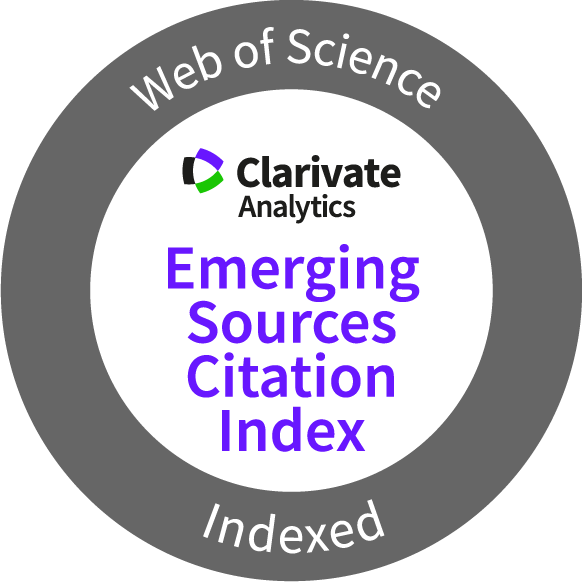Chemistry Journal of Moldova
Industrial chemistry
Author(s):
Field: Industrial chemistry
Type: Research paper
Issue: 2025 Volume 20, no.1
Pages: 38-50
Thanh Thuy Tran Thi, Thanh Nha Tran Thi, AnhThi Hoang, VanTrong Nguyen
Field: Industrial chemistry
Type: Research paper
Issue: 2025 Volume 20, no.1
Pages: 38-50
Full Text (PDF): Download
Graphycal Abstract: The magnetic materials were synthesised from pomelo peel (PP@Fe3O4), durian peel (DP@Fe3O4), and banana peel (BP@Fe3O4) for adsorption of Methylene Blue. Under the optimal conditions, adsorption efficiencies of 97.7%, 97%, and 98.9%, respectively. These materials were employed to assess the COD index in select water samples.
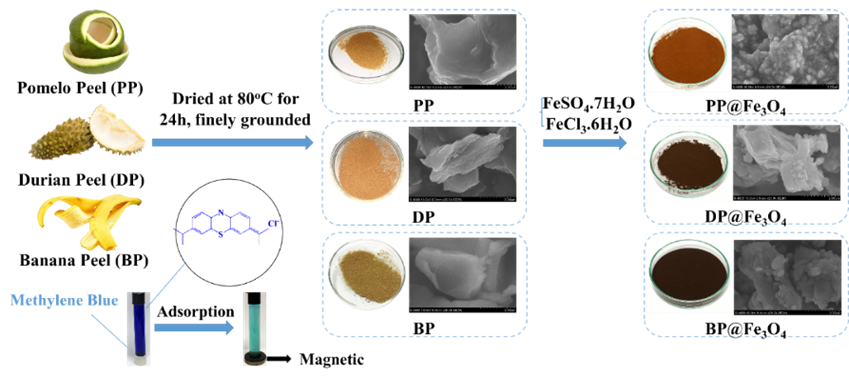

Downloads: 89
Author(s):
Field: Industrial chemistry
Type: Research paper
Issue: 2023 Volume 18, no.2
Pages: 45-52
Inna Trus, Vita Halysh, Mariia Tverdokhlib, Mukola Gomelya
Field: Industrial chemistry
Type: Research paper
Issue: 2023 Volume 18, no.2
Pages: 45-52
Full Text (PDF): Download
Graphical Abstract: In this paper the process of reagent desalination of mineralized mine waters was studied. Reagents 5/6 aluminum hydroxochloride and sodium aluminate were used during liming. Complex processing of waste generated during reagent water treatment allows to create a low-waste technology for the purification of mineralized water.

Downloads: 69
Author(s):
Field: Industrial chemistry
Type: Research paper
Issue: 2021 Volume 16, no.2
Pages: 52-57
Andrey Panferov, Grigory Ivakhniuk, Alexandr Garabadzhiu
Field: Industrial chemistry
Type: Research paper
Issue: 2021 Volume 16, no.2
Pages: 52-57
Full Text (PDF): Download
Graphical Abstract: The main problems and prospects of water disposal systems of such a megalopolis as Saint Petersburg are considered. Methods for processing sewage sludge to an ecologically safe state, as well as the use of sludge combustion ash at the Central Aeration Station (CAS) in Saint Petersburg are proposed. Special attention was paid to the issues of sludge management in the sewage system of domestic wastewater. The possibility of using ash for extinguishing and eliminating oil spills at the CAS was confirmed experimentally in comparison with similar capabilities of marshalite and fine-grained construction sand. A method for preparing dry building mixes based on Portland cement for obtaining low-water demand construction binders was proposed.
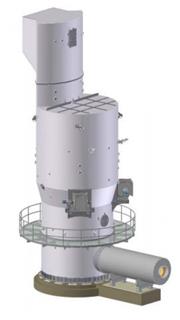
Downloads: 57
Author(s):
Field: Industrial chemistry
Type: Research paper
Issue: 2021 Volume 16, no.1
Pages: 88-98
Vita Datsenko and Vasyl Larin
Field: Industrial chemistry
Type: Research paper
Issue: 2021 Volume 16, no.1
Pages: 88-98
Full Text (PDF): Download
Graphical Abstract: The purpose of this study was to investigate the physicochemical particularities of the regeneration processes that occur in spent sulphate copper-zinc solutions using the reagent methods of crystallization, cementation, and sedimentation. A comparative analysis of the results of the studies of regeneration processes has shown that the content of the extraction of Cu2+ and Zn2+ ions by the crystallization method makes up to 97.2% and 49.7%, respectively; by the contact displacement method to 99.9% and 95.4%, respectively; and by the deposition method it makes up to 99.9% and 99.9%, respectively. The presented study can be used for improvements in the electroplating productivity.
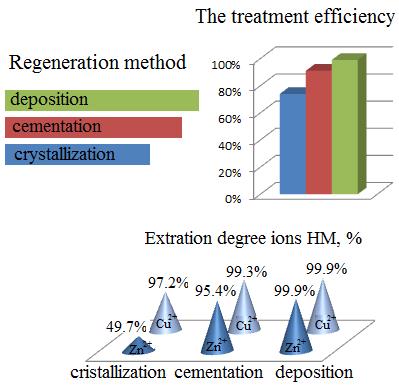
Downloads: 114
Author(s):
Field: Industrial chemistry
Type: Research paper
Issue: 2021 Volume 16, no.1
Pages: 79-87
Valery Ved, Hanna Ponomarenko, Yevhenia Ponomarenko, Konstantin Gorbunov
Field: Industrial chemistry
Type: Research paper
Issue: 2021 Volume 16, no.1
Pages: 79-87
Full Text (PDF): Download
Supplementary Material (PDF)
Graphical Abstract: A modified Scheffe's simplex lattice design method is proposed to study the properties of multicomponent materials. This modified Scheffe's method allowed determining the optimal compositions of cordierite and corundum based ceramic materials that are used as catalyst carrier for gas purification equipment. The obtained material (0.63-1.25 mm weight fraction of cordierite of 0.35 mass% fraction; <0.63 mm weight fraction of cordierite of 0.35 mass% fraction; <0.06 mm weight fraction of corundum of 0.2 mass% fraction; 1.25-2.5 mm weight fraction of cordierite of 0.2 mass% fraction) was used successfully for the manufacturing of catalytic neutralizers of gas emissions.
Graphical Abstract: A modified Scheffe's simplex lattice design method is proposed to study the properties of multicomponent materials. This modified Scheffe's method allowed determining the optimal compositions of cordierite and corundum based ceramic materials that are used as catalyst carrier for gas purification equipment. The obtained material (0.63-1.25 mm weight fraction of cordierite of 0.35 mass% fraction; <0.63 mm weight fraction of cordierite of 0.35 mass% fraction; <0.06 mm weight fraction of corundum of 0.2 mass% fraction; 1.25-2.5 mm weight fraction of cordierite of 0.2 mass% fraction) was used successfully for the manufacturing of catalytic neutralizers of gas emissions.
Downloads: 81
Author(s):
Field: Industrial chemistry
Type: Research paper
Issue: 2020 Volume 15, no.2
Pages: 54-61
Pezhman Zolfaghari, Neda Imani Payandeh, Mortaza Golizadeh, Afzal Karimi, Amirali Ebadi Fard Azar
Field: Industrial chemistry
Type: Research paper
Issue: 2020 Volume 15, no.2
Pages: 54-61
Full Text (PDF): Download
Graphical Abstract: This paper presents the development and optimization of a new approach which combines the utilization of activated carbon and glucose oxidase enzyme for decolourisation of beet sugar syrup. The combining of the physical adsorption with the enzymatic reaction was managed to improve the decolourisation of beet sugar syrup from 35.29 to 83.68% compared to the basic adsorption by activated carbon after 120 min of operation under the optimum conditions. The maximum decolourisation efficiency by the coupled process was achieved at glucose oxidase dosage of 0.07 g, glucose concentration of 20 mM, and solution pH 7 at the temperature of 30ºC using 0.01 g of activated carbon particles. Given the high effectiveness, reusability, and the eco-friendly nature of the process, the proposed method can serve as an alternative to ordinary decoloursation techniques.


Downloads: 100
Author(s):
Field: Industrial chemistry
Type: Research paper
Issue: 2020 Volume 15, no.1
Pages: 58-66
Alexandra Marcu, Gabriela Lisa, Ioana-Emilia Sofran, Ion Anghel, Manuel Serban
Field: Industrial chemistry
Type: Research paper
Issue: 2020 Volume 15, no.1
Pages: 58-66
Full Text (PDF): Download
Graphical Abstract: This paper tackles the potential uses of agricultural wastes (sawdust, sunflower seed shells, pumpkin seed shells, cherry pits, walnut shells, and green walnut shells) for the production of pellets. Combustion heat was determined for these wastes and their thermal decomposition in an air atmosphere was analysed. Five types of mini-pellets were made from different combinations of available wastes and their thermal behaviour was analysed by the microscale combustion calorimetry method.

Downloads: 278
Author(s):
Field: Industrial chemistry
Type: Invited paper
Issue: 2019 Volume 14, no.1
Pages: 32-46
Stefano Ubaldini, Daniela Guglietta, Francesca Trapasso, Serena Carloni, Daniele Passeri, Adalgisa Scotti
Field: Industrial chemistry
Type: Invited paper
Issue: 2019 Volume 14, no.1
Pages: 32-46
Full Text (PDF): Download
Graphical Abstract: This paper presents an overview of the various innovative methodologies used in the recovery of valuable metals and critical raw materials from secondary sources. The review also highlights the used varieties of application on large scale in real situations and hopes to provide insights into valorization of spent sources.
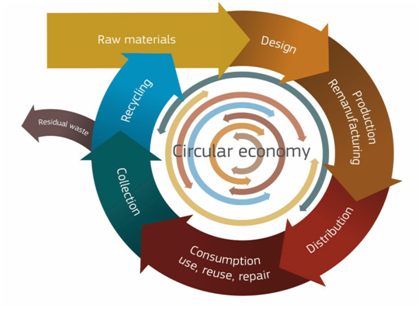
Downloads: 159
Author(s):
Field: Industrial chemistry
Type: Research paper
Issue: 2018 Volume 13, no.2
Pages: 32-37
Oleg Zelenskii, Yuriy Vasil’ev, Alexey Sytnik, Natalia Desna, Elena Spirina, Andrey Grigorov
Field: Industrial chemistry
Type: Research paper
Issue: 2018 Volume 13, no.2
Pages: 32-37
Full Text (PDF): Download
Graphical Abstract: The article presents the results of studies regarding the improvement of the qualitative characteristics of blast furnace coke obtained from modified coal blend in industrial conditions of Avdeevka Coke Plant. Inorganic corundum powders are applied to modify the coal blend, namely electrocorundum (α-Al2O3) and carborundum (α-SiC). The introduction of a specific quantity (0.25 wt %) of non-clinkering additives allows the modification of the processes that occur when the coal blend is plastic, with consequent improvement in coke strength.


Downloads: 92
Author(s):
Field: Industrial chemistry
Type: Research paper
Issue: 2018 Volume 13, no.2
Pages: 24-31
Lev Chernyak, Liubov Melnyk, Natalia Dorogan
Field: Industrial chemistry
Type: Research paper
Issue: 2018 Volume 13, no.2
Pages: 24-31
Full Text (PDF): Download
Graphical Abstract: The features of the cement clinker when rice husk is used are investigated. The dependence of the raw mixture composition on the set product burning characteristics has been analysed using the software “CLINKER”. The mixture compositions have been identified on the basis of the chalk–clay–rice husk system, with the introduction of man-made stock of 6.0–18.0 mass %. The features of the phase composition and the binder properties, by varying the rice husk content, mixture ratio and burning temperature are shown.


Downloads: 63


